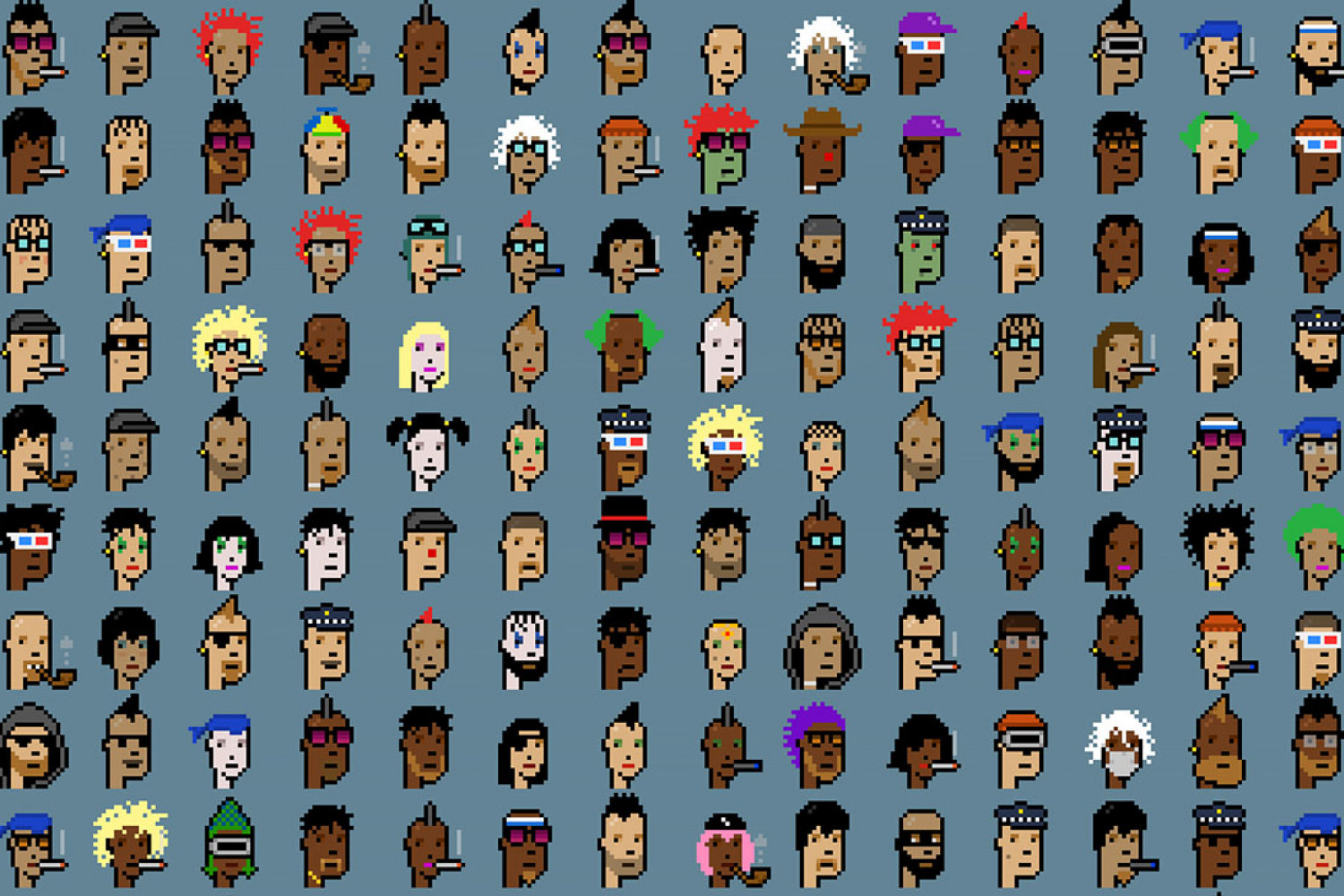
What are the benefits of curatorship in the NFT space and are our artists being upheld and protected by legal governance?
Early 2020, NFT’s had found a way to bridge the gap between the art world and the digital sphere. But who’s regulating the hybrid crypto-art terrain? We now find ourselves with issues of authenticity, copyright, theft, transaction, ownership, and value.
DACS (Design and Artists copyright Society) established by artists for artists in the UK is a non-for-profit visual artists’ right management organisation. The company collects and distributes royalties to visual artists and their estates through Payback, Artist’s Resale Right, Copyright Licensing and Artimage. Recently DACS released a statement on behalf of an artist that was involved in the Art Wars project infringement case which saw the art curator mint the artists works without their knowledge: “The minting of NFTs without artists’ permission has the potential to destroy how we as a society value creativity and within this, guarantee that artists are protected through existing intellectual property laws and mechanisms such as the Artist’s Resale Right.”
The discussions surrounding ownership in the realm of NFTs are somewhat dubious. When someone buys an NFT for a digital artwork, they’re not buying the artwork but the token that represents the artwork. Owning the artwork doesn’t actually confer ownership of the artwork itself. Although organisations like DACS are emerging in order to wrangle the digital beast, Marque Lawyers Senior Associate, Emma Johnsen raises some good points in a discussion with ArtsHub on copyright and ownership issues.“There is a lack of understanding about what rights the holder of an NFT actually has. Problematically, those who are minting the NFTs and offering them for sale may not actually be sure what rights they have to sell, meaning there is a gap in the chain of understanding” Johnson says.
It seems at the moment with the lack of legal framework, process of acquisition and minting of an NFT needs to be assessed on a case-by-case basis, and buyers need to take into account the terms and conditions when it comes to what you can and can’t do with the NFT purchased. Accountability is at the forefront of purchasing and disseminating art in the digital realm, however, “copyright protected work- is just a buzzword that has limited and [somewhat] questionable legal relevance” Johnsen says. Artists may assign their copyright, or they may retain their copyright and provide the buyer with a licence that allows the owner the right to do what they like with the artwork- assuming there are some limitations at play. Artists are in a position where they have never been before. An artist can receive royalties each time their work is sold if the process is set up in such a way. This however means the person who minted the NFT is the original owner and the one who receives the percentage of resale.
There is little case law surrounding the NFT market and usually any copyright violations go unnoticed until they are brought to attention. However, copyright is granted to the creator the moment the work is ‘fixed in a tangible medium of expression’. Regardless of how many owners the work has, the law remains with the artist. In the UK and Italy this is only the case 70 years post mortem. In that case galleries who have acquired artists’ work can mint NFTs out of them… and they have. The British museum, the Hermitage Museum in St. Petersburg, and Uffizi galleries are amongst the few who have minted their gallery holdings.
The grey area remains ever present when it comes to Appropriation vs ‘Changing work a little’. Appropriation in art – especially contemporary art – in the physical world has been occurring for some time usually in the discourse of a political statement that creates a dialogue between the original work and the later. NFT art isn’t quite there yet, with mostly tech giants in the space, appropriating for a political purpose is not on their agenda. It would be nice to see people from art backgrounds stepping into this space – with the artists IP and protection in mind. Right now it’s used for the wrong purposes. But if an artist’s NFT work is tweaked and minted, is this appropriation or a sneaky way to avoid a copyright violation?
Sources:
Arts Hub – NFT Rights for Artists and Buyers
Artnews – A Curator Allegedly Minted Unauthorised NFTs of Art
DACS Design and Artists copyright Society

